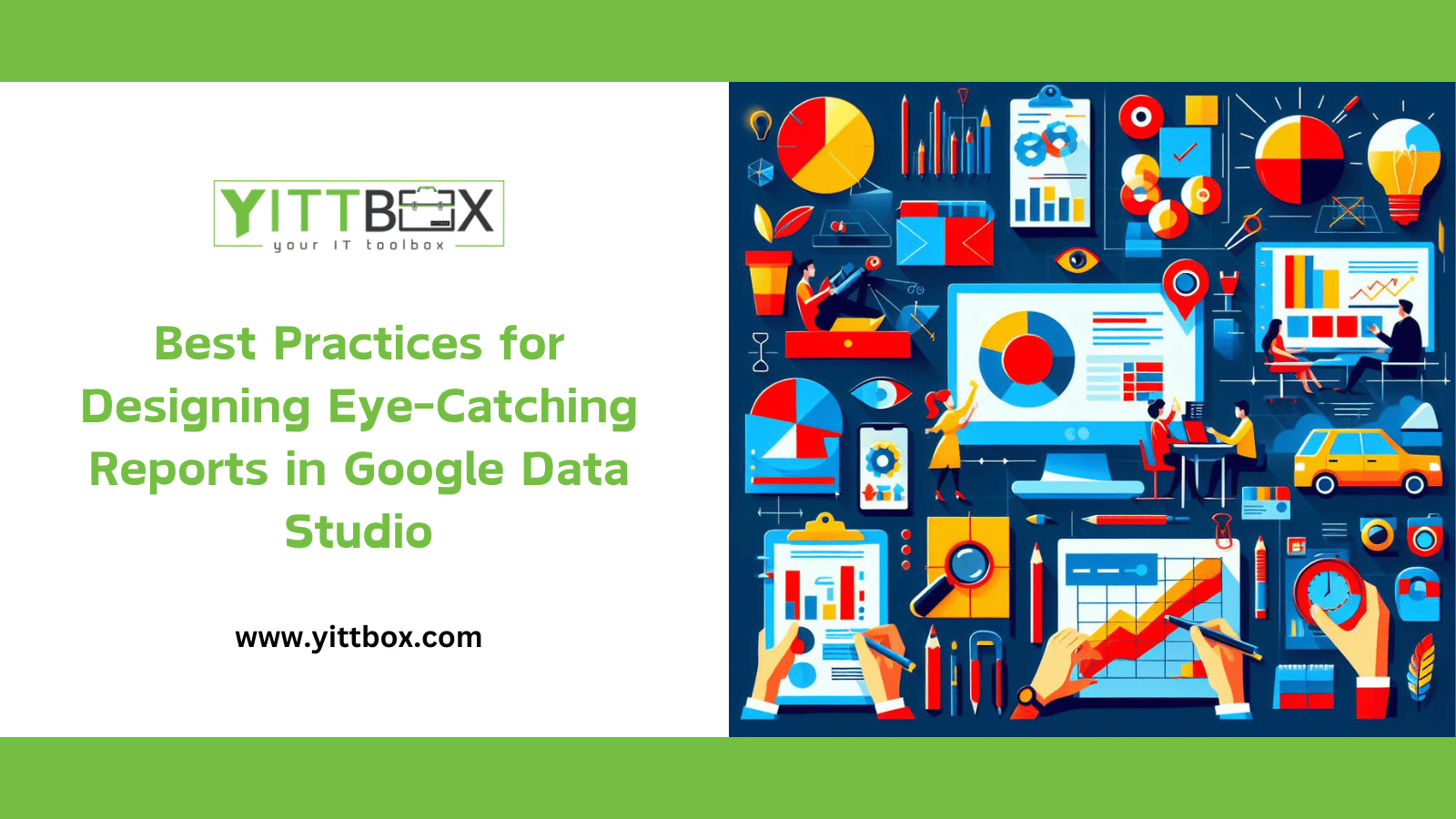Best Practices for Designing Eye-Catching Reports in Google Data Studio
Google Data Studio is a powerful tool for creating interactive, real-time dashboards and engaging reports. Here are some best practices to design eye-catching reports in Google Data Studio.
1. Understand Your Audience
Before you start designing, understand who will be using the report. Tailor the report to their needs and level of expertise.
2. Use Clear and Concise Titles
Titles should be clear, concise, and descriptive. They guide the viewer’s attention and set the context for the data being presented.
3. Leverage Visual Hierarchy
Visual hierarchy helps guide the viewer’s eye to the most important information first. Use size, color, and placement to create a flow that naturally guides the viewer through the report.
4. Use Consistent Design Elements
Consistency in design elements like colors, fonts, and styles makes your report look professional and easy to read. Stick to a limited color palette and use the same fonts throughout.
5. Simplify Your Data
Simplify complex data with charts and graphs. They make data easier to understand at a glance. Google Data Studio offers a variety of chart types like bar graphs, pie charts, and line graphs.
6. Use Filters and Controls
Filters and controls allow viewers to interact with the report and focus on the data that matters most to them. This increases engagement and allows for personalized insights.
7. Optimize for SEO
Include keywords in your report title and descriptions to improve its visibility in search engine results. Also, make sure your report is shareable and accessible to those with the link.
8. Test and Iterate
Finally, always test your report with a small group of users and gather feedback. Use this feedback to iterate and improve your report.
By following these best practices, you can create eye-catching and effective reports in Google Data Studio. Remember, the goal is to present data in a way that is easy to understand and actionable for your audience. Happy designing







